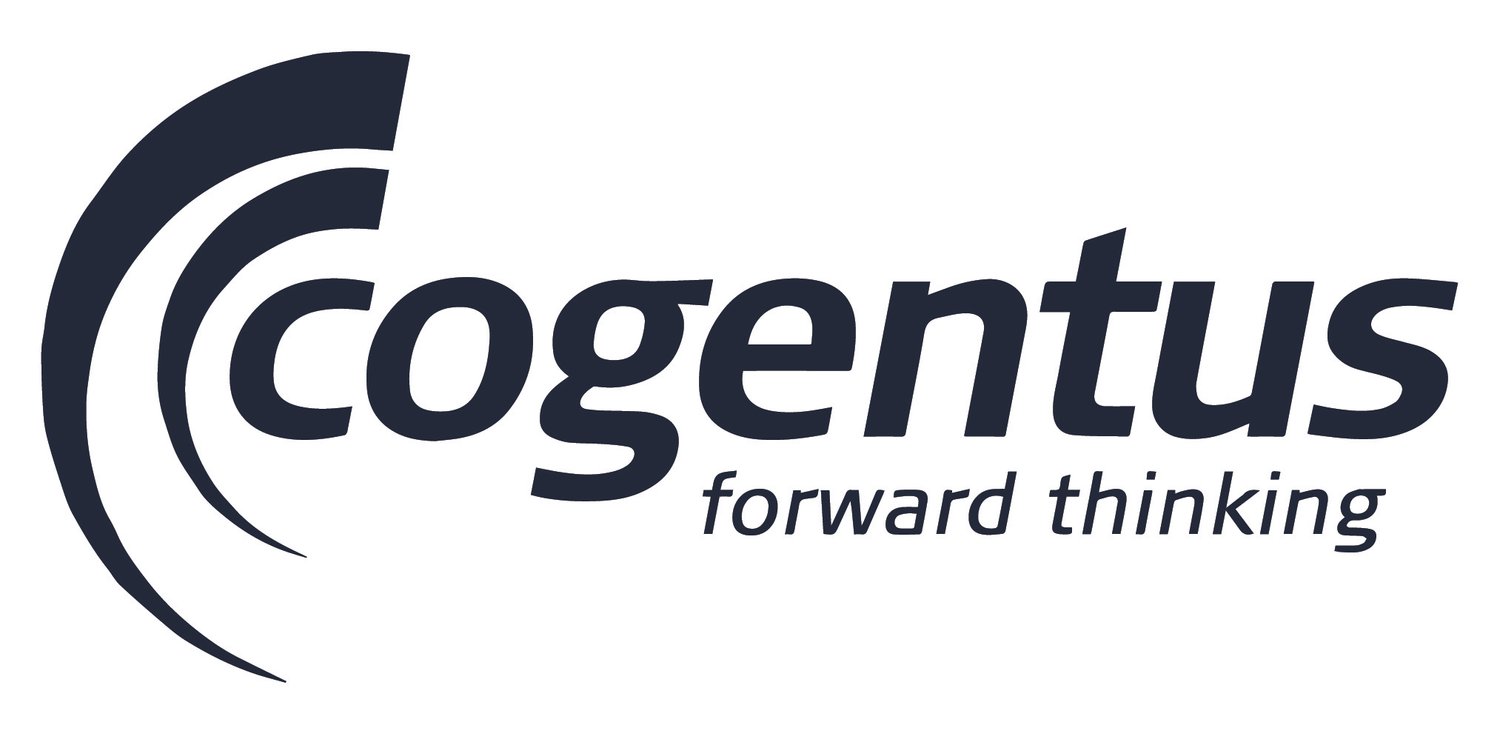In part 1, I covered clinical and logistics robots currently being used in the fight against coronavirus. This blog looks at three other categories - public safety, continuity of work and public outreach.
Public Safety
Robin’s framework considers two elements to this. One is the identification of infected people and the second is quarantine enforcement. Testing for coronavirus has been pretty much behind the curve in most countries. To test whether people are infected needs a physical swab from the nose or throat and this is then sent aways to a lab for testing. A blood test is used to determine whether someone has had coronavirus. [Source]. Obviously the processes, resources and infrastructure required for a sudden, massive, increase was challenging and is taking time to sort through. Clinical systems had very little resilience - they had no head room to cope.
The second element was to enforce quarantine. Currently about 20% of the global population are on lockdown [Source]. This means they have some form of restriction in going outside and mixing with others and this needs to be policed.
Continuity of Work and Government
This topic covers teleworking and robot assistance. With the sudden increase in homeworking, the use of the internet is changing [Source]. Desktop video conferencing tools such as Zoom, Google Hangouts and Microsoft Teams have seen huge increases while phone apps have seen a decrease. Robotic assistance is centered around chatbots and AI systems
Public Outreach
There has been a huge rise in digital epidemiology tools, chatbot helpers, EHR guidance tools and rapid response test kits [Source]. The tools aim to monitor the spread of the disease, facilitate knowledge and ultimately improve treatment. Google’s Covod-19 Information & Resources is one such example and John Hopkins coronavirus map is world famous as the authoritative source of data.
One area of technology assistance worth mentioning is in crisis management. Clearly, even with the best efforts of individuals, companies and government they need to work together to produce the best outcomes. This crisis has highlighted, to everyone, just how dysfunctional things can be. Systems like that from Dynamis (COBRA) help to bridge those gaps and ensure there is a common view of who is doing what.
Summary
Over these two articles, I have illustrated the type of innovations going on right now across the world. The pace of which is incredible. In the third article next week, I will highlight some ideas that don’t fit neatly into Robin’s framework and yet are still potentially technological innovations that can help many people in the near term and in the future.
All the technologies listed above are in the Idea Catalog along with many many more. If you aren’t already registered, please do.










